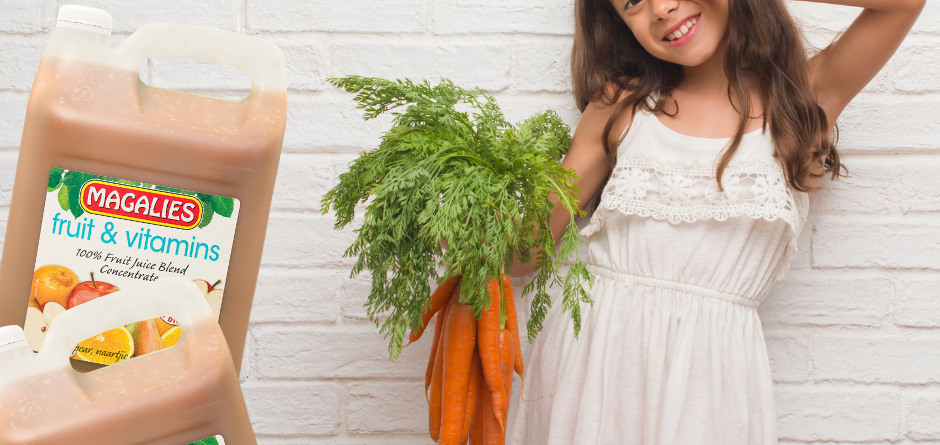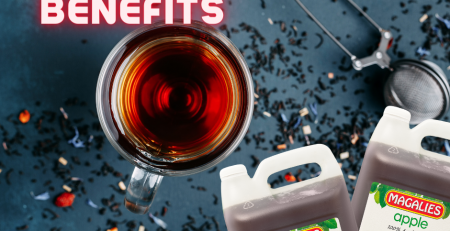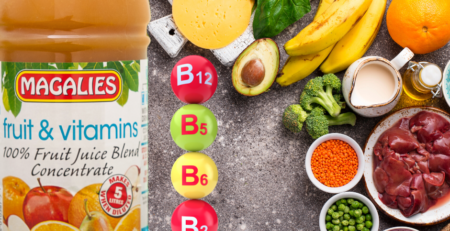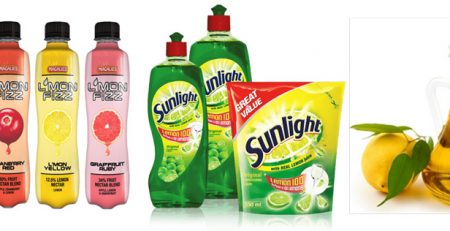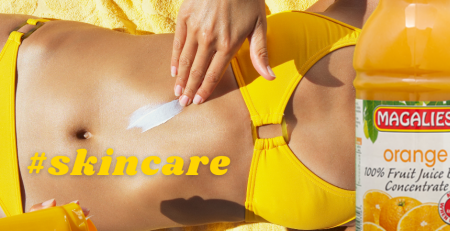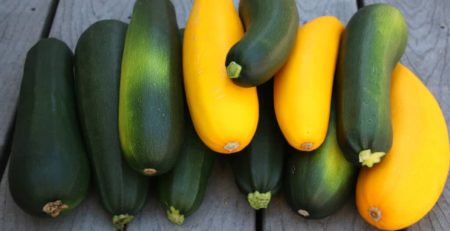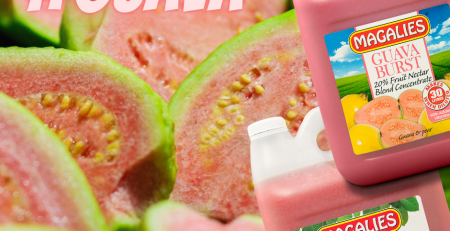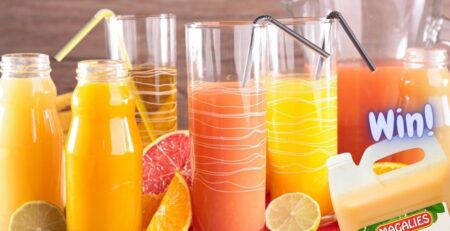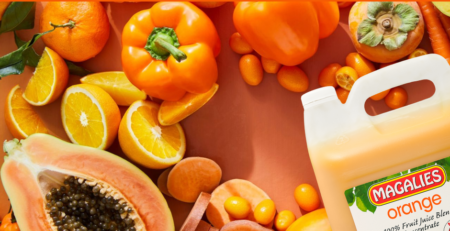Good eye health starts with the food on your plate
by Dr. Marli Botha
There’s no proof that regular computer use causes any long-term damage to the eyes, however, it may cause blurred vision, double vision, dry and red eyes, eye irritation, headaches, neck or back pain, difficulty in focusing and others. When you look at the screen for too long, the blinking rate reduces and this causes the eyes to dry out and blur your vision periodically while working. What’s more, the screen adds contrast, flicker, and glare. All these can put a real strain on your eyes and cause discomfort.
What Should I Focus On for Eye-Healthy Eating?
Orange-coloured vegetables and fruits with Vitamin A
- Perhaps the best-known eye-healthy nutrient is vitamin A. Your retina needs plenty of vitamin A to help turn light rays into the images we see. Vitamin A also enables your eyes to stay moist enough to prevent dry eyes.
- Carrots are a well-known source of vitamin A. Sweet potatoes provide even more vitamin A. Fruits like cantaloupe and apricots can also be a good source of vitamin A.
Fruits and veggies rich in Vitamin C
- As an antioxidant, vitamin C helps protect the body from damage caused by unhealthy habits and environmental factors. Fried foods, tobacco smoke and the sun’s rays can produce free radicals that can damage and kill cells. Vitamin C helps repair and grow new tissue cells.
- Good sources of vitamin C include citrus fruits, such as oranges, tangerines, grapefruit and lemons. Lots of other foods also offer a fair amount of Vitamin C, including peaches, red bell peppers, tomatoes and strawberries.
Vitamin E
- Another important antioxidant is vitamin E, which helps to keep our cells healthy. Vitamin E can be found in avocados, almonds, and sunflower seeds. This vitamin guards against unstable molecules that target healthy tissue. Consuming regular amounts of vitamin E can help prevent age-related macular degeneration as well as cataracts.
Lutein, zeaxanthin
- Lutein and zeaxanthin are two types of carotenoids, which are yellow to red pigments found widely in vegetables and other plants. Though lutein is considered a yellow pigment, in high concentrations it appears orange-red. The best natural food sources of lutein and zeaxanthin are green leafy vegetables and other green or yellow vegetables. Among these, cooked kale and cooked spinach top the list. Non-vegetarian sources of lutein and zeaxanthin include egg yolks. But if you have high cholesterol, you’re much better off getting most of these yellow nutrients from fruits and vegetables, substantial amounts of lutein and zeaxanthin (30-50%) were also present in kiwi fruit, grapes, spinach, orange juice, zucchini (or vegetable marrow), and different kinds of squash.
It is important to mention that no food is meant to be a cure-all for any condition, though there are certainly health and skin benefits contained within them. The one thing you should always do before using a new skin care product is to do a patch test to look for allergies and sensitivities.

